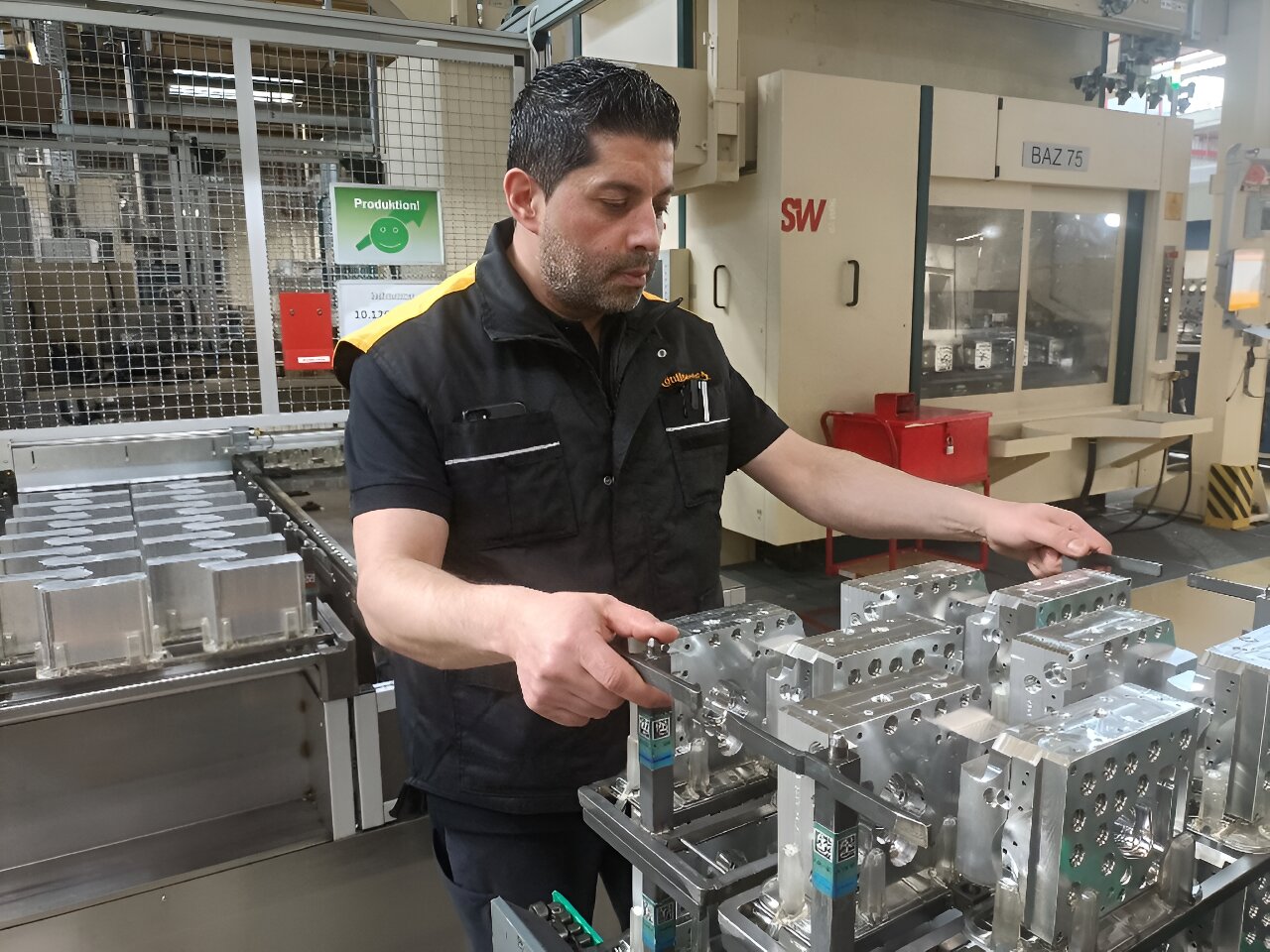[
NEW DELHI: The escalating trade tensions between the United States and China are once again making headlines, this time over the burgeoning sectors of green technology and electric vehicles. Treasury secretary Janet Yellen highlighted these concerns during her recent five-day visit to China, marking these industries as a new battleground in the ongoing trade disputes between the two economic giants.
China’s rapid increase in the production of electric vehicles, solar panels, and batteries—sectors also heavily supported by the Biden administration—has sparked fears not only in the US but across Europe and Mexico.These regions worry about the potential for a flood of Chinese exports that could undermine local manufacturers and disrupt global markets.
The Alliance for American Manufacturing issued a report in February noting that BYD, a leading Chinese automaker, launched an electric SUV at an “astonishingly low” price of $14,000. This move has been described as posing an “existential threat” to US carmakers. Reflecting the political fallout from these developments, former President Donald Trump, speaking at a rally in Ohio, warned that China could exploit trade routes through Mexico—where there are no tariffs—to export cars into the US. He predicted a “bloodbath” for the auto industry if Biden were reelected and failed to implement new tariffs.
China’s strategy involves over a decade of subsidizing its automakers, leading to it commanding 60% of the global electric vehicle market, as per the International Energy Agency. This has resulted in Chinese firms producing millions more vehicles annually than their domestic market can absorb, pushing them to seek markets abroad.
This scenario echoes past trade issues where the US accused China of flooding the market with cheap goods in other sectors such as steel and aluminum, leading to significant tariffs during Trump’s administration. Yellen recalled a similar situation affecting Suniva, a solar cell manufacturer in Georgia that shut down due to competition from cheap Chinese imports but is now resuming production thanks to new subsidies from the Biden administration’s Inflation Reduction Act.
While the US also provides subsidies to similar industries, a 2022 report by the Center for Strategic and International Studies highlighted that China’s subsidies were double those of the US in 2019. This disparity underscores a fundamental difference: China focuses heavily on production without equally fostering domestic consumption, which was notably supported in the US through stimulus checks during the pandemic.
China, on its part, argues that its cheaper green technologies aid in combating climate change globally, even as it acknowledges the need to manage its manufacturing overcapacity and stimulate domestic consumer spending to ensure sustainable economic growth.
(With inputs from agencies)
China’s rapid increase in the production of electric vehicles, solar panels, and batteries—sectors also heavily supported by the Biden administration—has sparked fears not only in the US but across Europe and Mexico.These regions worry about the potential for a flood of Chinese exports that could undermine local manufacturers and disrupt global markets.
The Alliance for American Manufacturing issued a report in February noting that BYD, a leading Chinese automaker, launched an electric SUV at an “astonishingly low” price of $14,000. This move has been described as posing an “existential threat” to US carmakers. Reflecting the political fallout from these developments, former President Donald Trump, speaking at a rally in Ohio, warned that China could exploit trade routes through Mexico—where there are no tariffs—to export cars into the US. He predicted a “bloodbath” for the auto industry if Biden were reelected and failed to implement new tariffs.
China’s strategy involves over a decade of subsidizing its automakers, leading to it commanding 60% of the global electric vehicle market, as per the International Energy Agency. This has resulted in Chinese firms producing millions more vehicles annually than their domestic market can absorb, pushing them to seek markets abroad.
This scenario echoes past trade issues where the US accused China of flooding the market with cheap goods in other sectors such as steel and aluminum, leading to significant tariffs during Trump’s administration. Yellen recalled a similar situation affecting Suniva, a solar cell manufacturer in Georgia that shut down due to competition from cheap Chinese imports but is now resuming production thanks to new subsidies from the Biden administration’s Inflation Reduction Act.
While the US also provides subsidies to similar industries, a 2022 report by the Center for Strategic and International Studies highlighted that China’s subsidies were double those of the US in 2019. This disparity underscores a fundamental difference: China focuses heavily on production without equally fostering domestic consumption, which was notably supported in the US through stimulus checks during the pandemic.
China, on its part, argues that its cheaper green technologies aid in combating climate change globally, even as it acknowledges the need to manage its manufacturing overcapacity and stimulate domestic consumer spending to ensure sustainable economic growth.
(With inputs from agencies)
Denial of responsibility! Genx Newz is an automatic aggregator of the all world’s media. In each content, the hyperlink to the primary source is specified. All trademarks belong to their rightful owners, all materials to their authors. If you are the owner of the content and do not want us to publish your materials, please contact us by email – [email protected]. The content will be deleted within 24 hours.







